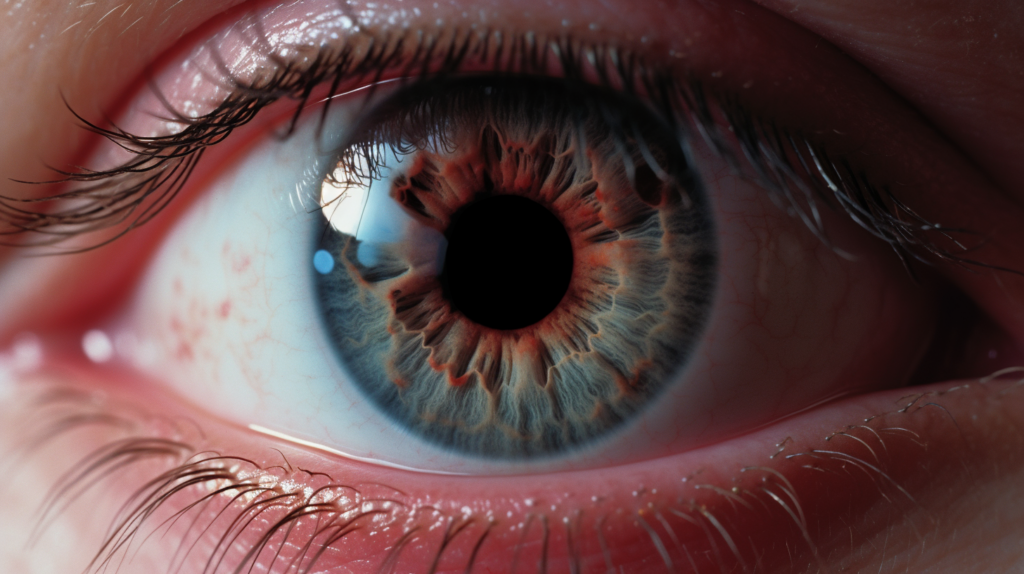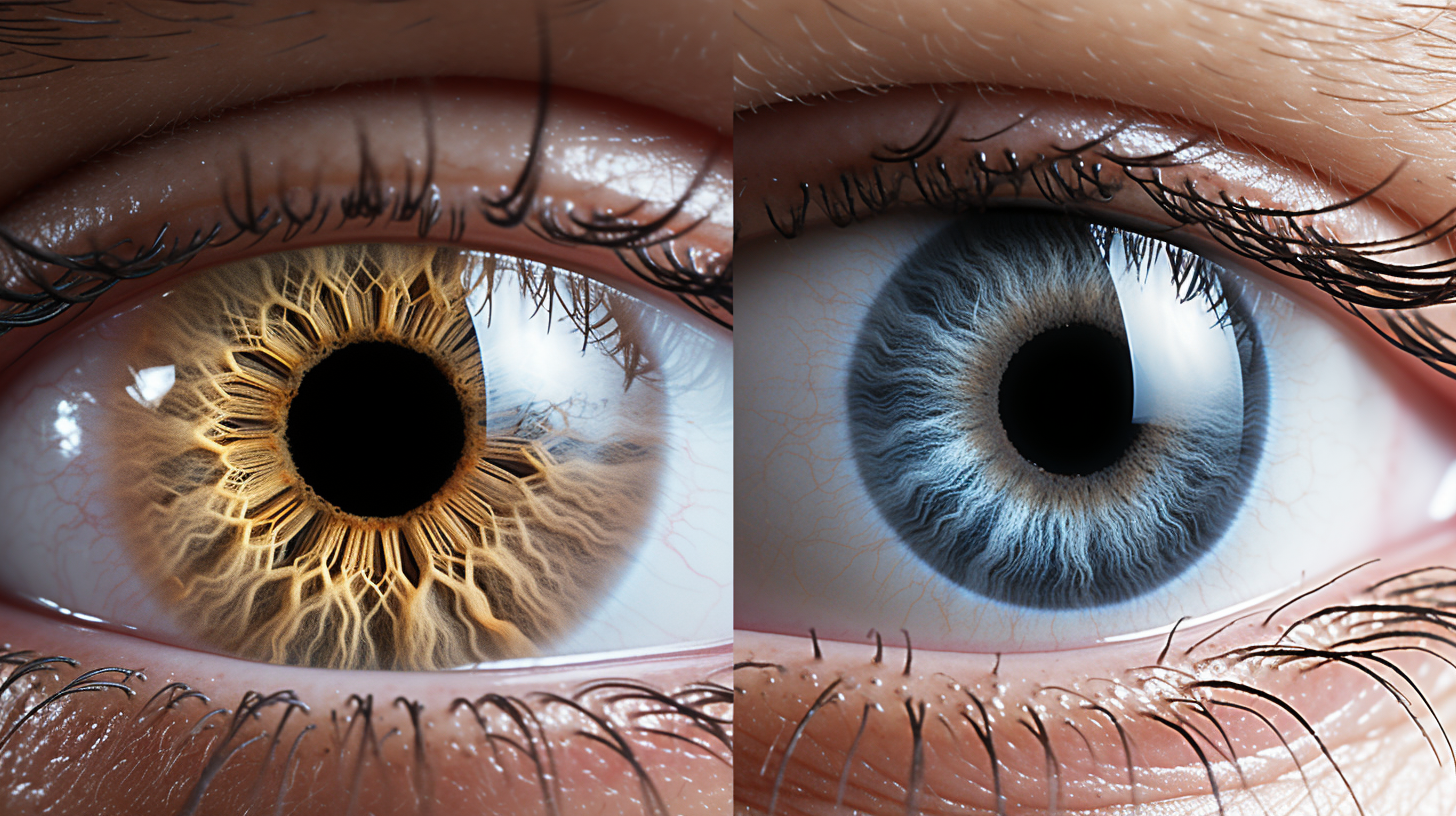Cataract, a term many might have come across but few truly understand. It stands as one of the leading causes of vision impairment worldwide. In today’s fast-paced world, understanding cataract is not just essential for those affected but for everyone, as it underscores the significance of eye health.
 Globally, millions are affected by cataracts, making it a significant public health concern. Beyond the personal challenges, there’s an economic dimension: the costs of treatments, coupled with lost productivity. Moreover, the social implications are profound, affecting interpersonal relationships, mental well-being, and overall quality of life.
Globally, millions are affected by cataracts, making it a significant public health concern. Beyond the personal challenges, there’s an economic dimension: the costs of treatments, coupled with lost productivity. Moreover, the social implications are profound, affecting interpersonal relationships, mental well-being, and overall quality of life.
 Living with a vision impairment can have profound psychological effects. Feelings of dependency, depression, or anxiety are not uncommon. Recognizing these emotional challenges is as vital as addressing the physical ailment. Support groups and counseling can be beneficial in these cases.
Living with a vision impairment can have profound psychological effects. Feelings of dependency, depression, or anxiety are not uncommon. Recognizing these emotional challenges is as vital as addressing the physical ailment. Support groups and counseling can be beneficial in these cases.
Contents
- 1 Historical Perspective
- 2 What is a Cataract?
- 3 The Silent Thief: Symptoms and Progression
- 4 Modern Day Heists: The Global Impact
- 5 Advances in Diagnosis and Treatment
- 6 Prevention and Lifestyle Adjustments
- 7 Personal Stories: Triumph Over the Thief
- 8 The Anatomy of the Eye: Understanding the Lens
- 9 The Genetic Link: Are You Predisposed?
- 10 Environmental Factors and Cataracts
- 11 The Psychological Impact of Vision Loss
- 12 Pediatric Cataracts: A Unique Challenge
- 13 The Future of Cataract Treatment: What’s on the Horizon?
- 14 Living with Cataracts: Tips and Tricks
- 15 The Global Effort: Raising Awareness and Accessibility
Historical Perspective
The history of cataract and its treatment is as old as civilization itself. Ancient Egyptians believed it was a curse from the gods, treating it with a mixture of spices and honey. Fast forward to the 18th century, and the first successful cataract surgery was performed. Over the centuries, our understanding and treatment methodologies have evolved, turning a once-feared ailment into a treatable condition.What is a Cataract?
At its core, a cataract is the clouding of the eye’s natural lens. Factors like aging, trauma, or even genetics can lead to this clouding. There are different types of cataracts, including nuclear, cortical, posterior subcapsular, and congenital, each with its unique characteristics and challenges.The Silent Thief: Symptoms and Progression
Cataracts often begin silently, with early signs like a slight blurring of vision easily dismissed. However, as it progresses, symptoms become more pronounced – colors may seem faded, halos might appear around lights, and night vision could deteriorate. This “silent thief” can significantly hamper daily activities, from reading to driving.Modern Day Heists: The Global Impact
 Globally, millions are affected by cataracts, making it a significant public health concern. Beyond the personal challenges, there’s an economic dimension: the costs of treatments, coupled with lost productivity. Moreover, the social implications are profound, affecting interpersonal relationships, mental well-being, and overall quality of life.
Globally, millions are affected by cataracts, making it a significant public health concern. Beyond the personal challenges, there’s an economic dimension: the costs of treatments, coupled with lost productivity. Moreover, the social implications are profound, affecting interpersonal relationships, mental well-being, and overall quality of life.
Advances in Diagnosis and Treatment
Today, diagnosing cataracts is more precise than ever, with tools like the slit-lamp examination and visual acuity tests. Treatment, too, has seen revolutionary advancements. Techniques like phacoemulsification, laser-assisted surgeries, and intraocular lens implants have transformed patient outcomes, with quicker recoveries and better post-operative vision.Prevention and Lifestyle Adjustments
Prevention is always better than cure. Regular eye check-ups can detect early signs, while dietary and lifestyle changes, like a diet rich in antioxidants, UV protection, and avoiding smoking, can reduce risks. Managing health conditions like diabetes also plays a crucial role in prevention.Personal Stories: Triumph Over the Thief
Consider John, a photographer, whose world turned blurry. Post his cataract surgery, not only did he regain his vision, but he also saw the world with a newfound clarity and appreciation. Stories like John’s are a testament to the transformative power of modern medical interventions. Cataracts, though common, should never be taken lightly. Awareness, early detection, and timely intervention can make all the difference. It’s a call to action for everyone to prioritize their eye health.The Anatomy of the Eye: Understanding the Lens
Before delving further into cataracts, it’s crucial to understand the eye’s anatomy. The lens, a clear part of the eye, helps focus light or an image on the retina. It works much like a camera lens, adjusting the eye’s focus and letting us see things clearly, both up close and far away. When a cataract forms, the lens becomes clouded, making images appear blurry or washed out.The Genetic Link: Are You Predisposed?
While age is a significant factor in cataract development, genetics can’t be ignored. Some families might notice a pattern of members developing cataracts at a younger age. Understanding one’s family medical history can provide insights into the potential risk and the need for proactive eye care.Environmental Factors and Cataracts
Exposure to certain environmental elements can accelerate cataract formation. Prolonged exposure to ultraviolet (UV) rays, persistent contact with radiation, or even certain medications can increase the risk. It’s essential to be aware of these factors and take protective measures, such as wearing sunglasses with UV protection.The Psychological Impact of Vision Loss
 Living with a vision impairment can have profound psychological effects. Feelings of dependency, depression, or anxiety are not uncommon. Recognizing these emotional challenges is as vital as addressing the physical ailment. Support groups and counseling can be beneficial in these cases.
Living with a vision impairment can have profound psychological effects. Feelings of dependency, depression, or anxiety are not uncommon. Recognizing these emotional challenges is as vital as addressing the physical ailment. Support groups and counseling can be beneficial in these cases.
Pediatric Cataracts: A Unique Challenge
While cataracts are often associated with aging, they can also be present at birth or develop during childhood. Pediatric cataracts pose unique challenges, both in diagnosis and treatment. Early intervention is crucial to prevent long-term vision problems and ensure proper visual development.The Future of Cataract Treatment: What’s on the Horizon?
Research is ongoing, and the future of cataract treatment looks promising. Innovations in lens technology, minimally invasive surgeries, and even potential eye drops to dissolve cataracts are areas of active research. Staying updated with the latest advancements can offer hope and improved treatment options.Living with Cataracts: Tips and Tricks
For those not immediately opting for surgery, certain strategies can help manage the symptoms. Using brighter lights for reading, wearing anti-glare sunglasses, or using magnifying lenses can aid in daily activities. It’s about adapting and finding ways to make life easier while considering treatment options.The Global Effort: Raising Awareness and Accessibility
Organizations worldwide are working tirelessly to raise cataract awareness and improve treatment accessibility. In many developing regions, cataract remains a leading cause of blindness due to limited access to care. Global initiatives aim to change this, ensuring everyone, regardless of their location or economic status, can see a brighter tomorrow.Dr Shital

Dr. Shital S. Lalwani is an experienced ophthalmologist and general physician in Pune with over 21 years of experience. He practices at Jeevan Sparsh Eye Hospital Market Yard, Kondhawa, NIBM . Dr. Lalwani completed his MBBS in 2002 and DNB in Ophthalmology in 2006.

